The underused U1 Ultra Wideband chip in the iPhone 11 family will eventually come into its own as the center of a personal network connecting individual's devices together.
When Apple included Ultra Wideband in the iPhone 11, iPhone 11 Pro, and iPhone 11 Pro Max, it was clear this was the start of something. Ultra Wideband allows for precision orientation of devices and Apple only said that it was being used to help AirDrop.
The U1 chip in those iPhones is used to change the order of other devices that appear when you are starting to AirDrop a file to another iPhone. If that other iPhone also has a U1 chip, then yours puts theirs at the top of your list for quick access.
As AppleInsider pointed out at the time, though, Ultra Wideband has a lot more potential than just re-ordering a list. Now a new patent application from Apple shows what the company seems to be ultimately aiming at.
Apple's application for "Secure Multicast/Broadcast Ranging" describes the use of what it calls "low-rate WPANs" or Wireless Personal Area Network.
"These types of networks are typically referred to as Ultra-Wideband (UWB) networks," says the patent. "UWB networks may connect wireless electronic devices in various arrangements. In one example, a UWB network may comprise a primary device and one or more secondary devices."
Those devices, it continues, can be "any type of electronic component" such as "mobile phones, tablet computers, smartphones, phablets, embedded devices, wearable devices" and so on. It also specifies various cellular devices, and "other types of Internet of Things (IoT)" connected items.
The patent application is for various methods of having these devices communicate with each other. In a UWB network, the devices must all be very close to each other — like Bluetooth, they need to be within a few yards or meters — but they also have to be able to communicate reliably.
Apple describes methods of having one primary device, perhaps the user's MacBook Pro, control all other devices around it. The purpose of a WPAN is to have these small devices act practically as if they are connected by wires, so Apple needs to quickly establish a secure connection.
It has to do that even when there is nothing akin to the user plugging in a device. UWB networks form when the device is brought near enough, and seamlessly drops when that device is taken further away.
Apple's patent talks about detecting devices and responding to them. It details fallback positions, or what the system should do if a connection fails, for instance.
While it describes what each device in a UWB network would see, or how it would communicate, the patent does not describe what real-world use a user would see.
Right now we have some elements of recognizing multiple devices, such as when you lift your Apple Watch to say "Hey, Siri," and in theory your iPhone, iPad, Mac, and HomePod all detect that you are not speaking to them. The system that these devices use to check with each other and determine which you're talking to is remarkably clever — but it fails all the time.
With every device part of a UWB network, each devices knows where it is in relation to the user, and to every other item on the network. So taking a step toward your HomePod could be enough to make sure that's the device that listens to you.
Equally, if one device is able to detect that you've walked up to it, that device could then tell all the others to reconfigure to your preferences. Your shared Mac could tell your HomePod to switch to your Apple Music account, for instance.
The invention is credited to Ayman Naguib, Robert Brumley, and Robert Golshan. Naguib has almost 200 prior patents, including one on the related topic of "Directed wireless communications." Bromley's related prior work includes "Mobile device for communicating and ranging with access control system for automatic functionality."
 William Gallagher
William Gallagher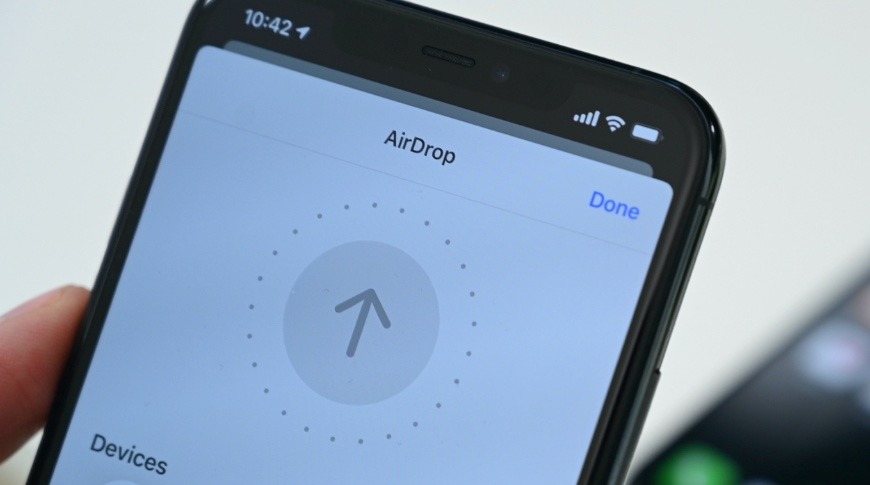
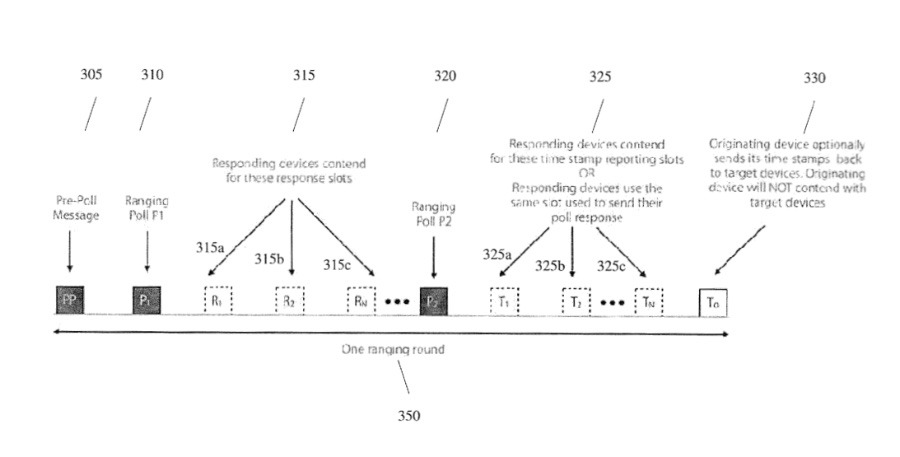




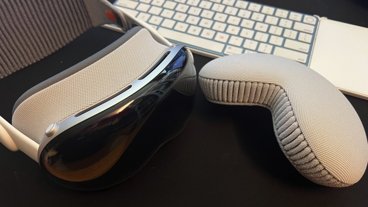


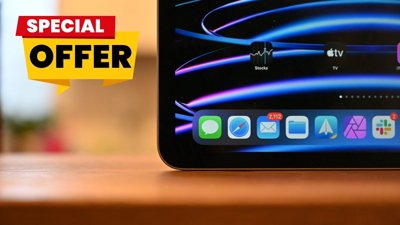
 Christine McKee
Christine McKee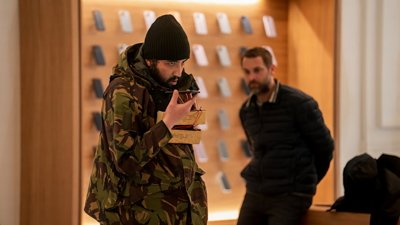
 Malcolm Owen
Malcolm Owen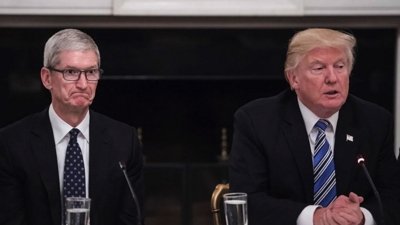

 Charles Martin
Charles Martin
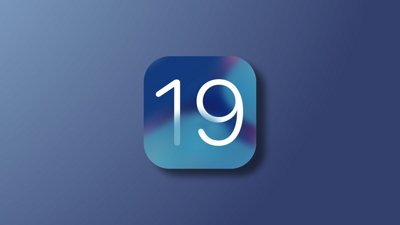
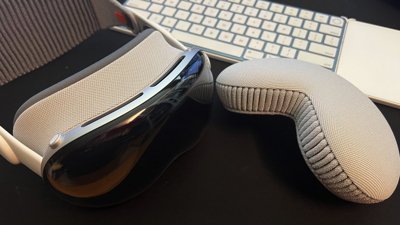
 Mike Wuerthele
Mike Wuerthele



-m.jpg)






There are no Comments Here, Yet
Be "First!" to Reply on Our Forums ->